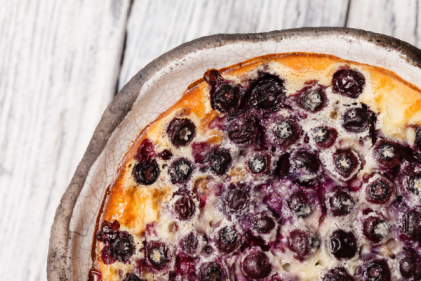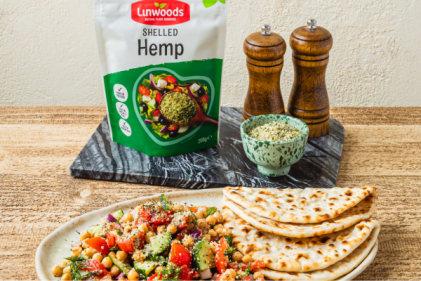
For many parents, seeing their baby take that first spoon of solid food can be a milestone in itself, as they experience new textures and tastes. When our children start to explore food, from one stage to the next, we get to know what their likes and dislikes are. As they grow into little people, integrating into crèche and school with their peers can often be the time when they begin to develop their own personalities and temperaments. When we see those signs of not wanting to eat certain foods, this can be disheartening; however, food refusal is common - all children, regardless of their age, will refuse to eat their meals at some time or other.
It is a way of exerting their independence and sometimes to gain attention. Other reasons can be distractions at meal times, too many drinks, and the parent worrying ‘are they getting enough?’ Parents often tell me it is one of the hardest parts of parenting, when their children refuse the foods we prepare at mealtimes. As a parent, it’s hard not to worry; however, more often than not, it’s a phase that children will grow out of, and by introducing new eating habits with the family this will influence and support our children’s eating.
What’s on the menu?
Do you know it can take between 18-20 times before your child will accept a new food? This is their way of adapting to the look, taste and texture of it. It can be easy just to accept that they don’t like a particular food, but if we persevere without pressure by giving them a small portion on their plate you may be surprised that, one day, they will actually just start eating it! The more we introduce varied foods from a young age, the more likely they will accept. Although babies have a natural preference to sweet-tasting foods like sweet potato and fruits, they therefore need to learn to like other flavours. Remember to introduce one new food at a time with more familiar food, to ease them in.
Praise goes a long way
It can be difficult to convince children of the benefits of fresh fruit and vegetables. Encourage your child when they try a new food or have overcome a dislike, even if it’s just one bite! It takes patience, but staying positive will change the focus.
Eat together
Whenever possible, eat together as a family during mealtimes. It’s not only a great way to spend time chatting about your day, but it’s an opportunity to teach your children about positive eating habits. Children will mirror our behaviours and have that great ability to copy. To instil positive expectations we can sit together, serve the same meals for both adults and children as much as possible, and encourage sitting rather than walking around during mealtimes. To avoid distractions, turn off the TV and insist on no toys at the table. As many children are in crèche and school, eating together encourages peer modelling, and they love it! Children are influenced by those around them. Socially, create opportunities like picnics in the summer or having cousins or friends over during mealtimes. When you can, put the serving bowls in the middle of the table so they can serve themselves - children tend to eat more, believe it or not!
Drinks and snacks
Children’s tummies are small, and too many drinks before meals can fill a child right up, causing them to lose their appetite for food. One tip is, if your child does like a drink with his food, offer half the cup during his meal and the other half at the end.
We all like to graze on snacks, depending on the day, and so do our children! Although two to three small snacks between meals is fine, it’s important to keep an eye on the amount your child snacks on if you want to create that three-meals-in-the-day routine, as this can also influence their appetite.
Make food fun
Try to encourage and compromise eating the same foods in different ways, like grating carrot so it’s less crunchy and looks like grated cheese! Frozen fruit smoothies as ice-creams - make up your smoothie as normal, pour into moulds and then place in the freezer - offer a healthy and fun way to eat both fruit and calcium. Refusing to eat meat may be due to disliking texture, difficulty with chewing, and an aversion due to bitter (metallic) taste; mini burgers in a pitta can be a lot more appetising than a large burger on a plate. Chicken can often be a funny one, as children can be put off by the look of it. When you see how popular chicken nuggets are in restaurants, making your own can be a great way of introducing chicken in a more appetising way. Here is an easy and tasty recipe that you can make at home: http://bit.ly/20gt3gP .
Creating healthy eating habits is a long-term process that takes a lot of patience, time and effort. Unfortunately, there is no miracle overnight cure for dealing with fussy eaters; it takes time, perseverance and consistency to make changes which will enable your child to eat more. If you are in any way concerned about your child’s eating, contact your GP, PHN or recommended nutritionist.
“Parents are responsible for the what, when and where of feeding; children are responsible for the how much and whether of eating” ~ Ellyn Satter, Nutritionist.











